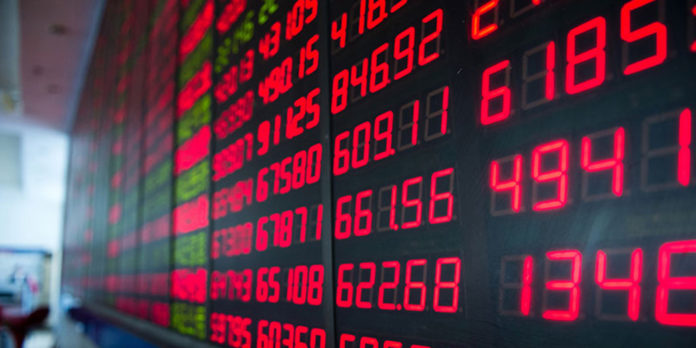Trading on margin is very enticing but could be dangerous if there is a sharp move in the markets against your position.
Essentially, trading on margin entails borrowing money to buy shares in the stock market. Brokers are willing to lend this money because the value of the stock or shares will cover the amount loaned. The security is built in. Of course this only rings true as long as the value of the stocks exceed the loan amount.
Looking at an example, let’s say you believe Apple’s stock price will rise in the near future. The shares currently sit at $150 each.
You have a sum of only $1,500 so you could buy 10 shares of Apple and wait for their price to rise and sell at a profit if they do indeed rise. But even if they go up by 10 per cent to $165 you will only have made $150, less commissions and brokers fees.
Yes, its still 10 per cent and nothing to be sneezed at, but the total return is quite small because the capital employed is relatively low.
Buying on margin entails paying for some of the share price but not all. The broker or online trading platform will cover the rest.
In the above example you may be able to secure Apple shares by paying just $15 each but at the same time borrowing $135 for each share.
What does this mean…? Well you could play it 2 ways.
You could buy the same 10 shares using this down payment method and pay only $15 per share… the total outlay is just $150 for TEN shares. The rest of your $1,500, namely $1,350, can then be held safely in your bank account to be used for other things whether is to buy other shares or just for normal living expenses. It means you haven’t tied up all your money in the stocks and are just covering a small portion of the stock price.
If Apple’s stock price goes up by 10% to $165 then you will still make $15 per share. It’s a $150 profit but now it is based on just a $150 outlay. That’s a 100% profit.
The other way to play it, and the more tempting way for many, is to more highly leverage your holding. Since you have $1,500 and you only need to front up the first $15 of the stock price you could in theory buy not just 10 shares of Apple but instead you could buy 100 shares!
You would be borrowing $13,500 and paying only your $1,500 to make up the difference.
If the share price goes up to $165 then you would be sitting on $3,000 of equity, and your initial stake of $1,500 dollars would have doubled.
All is well and good if the stock price goes up but what if the price falls?
If the stock price falls from the initial $150 down to $145, you will have lost $500, because you are holding 100 shares, instead of just 10.
With a margin trade you have to be able to take the steeper losses along with the higher potential profits.
If the price drops to $135 per share then you will have lost your entire $1,500 and at the same time the broker will ask you for an urgent margin payment. This request is known as a margin call.
You could elect to pay more money in to keep the trade running but may endure more losses if the price drops further.
If you don’t have any more money then the shares will be liquidated immediately to cover the loan amount. In this case $13,500 was borrowed and the 100 shares are now only worth $135 each so you will be able to repay the loan but you will entirely lose your $1,500 stake that you had at the outset and will be left with nothing.
Margin calls, or rather the forced liquidations of share holdings when people can’t make their margin payments is one reason why you see stocks fall far and fast. Many of the worlds largest trading houses use leverage and it is a point of contention with central banks since it can lead to a house of cards collapsing very quickly as people are forced out of their trades.
As a retail trader, margin trading should be approached with caution. If using margin, it might be better to take the first option and still purchase a smaller number of shares so as to keep money in the bank, instead of betting the house on what may turn out to be a short-lived investment.











